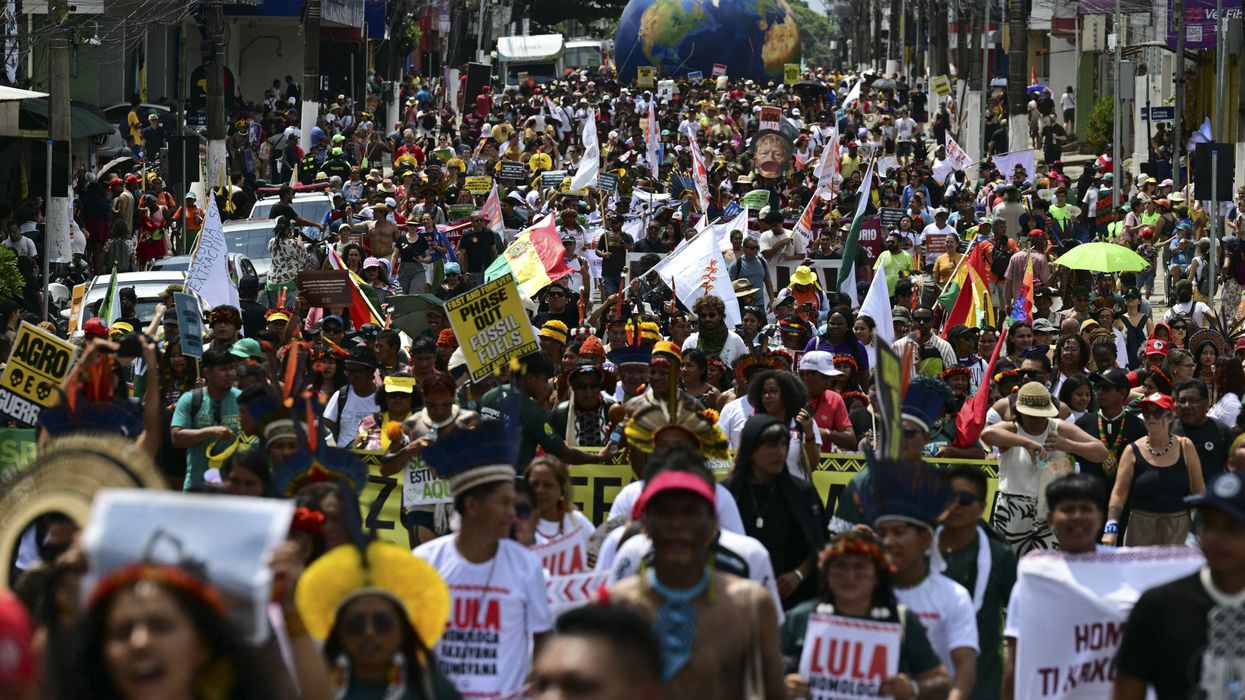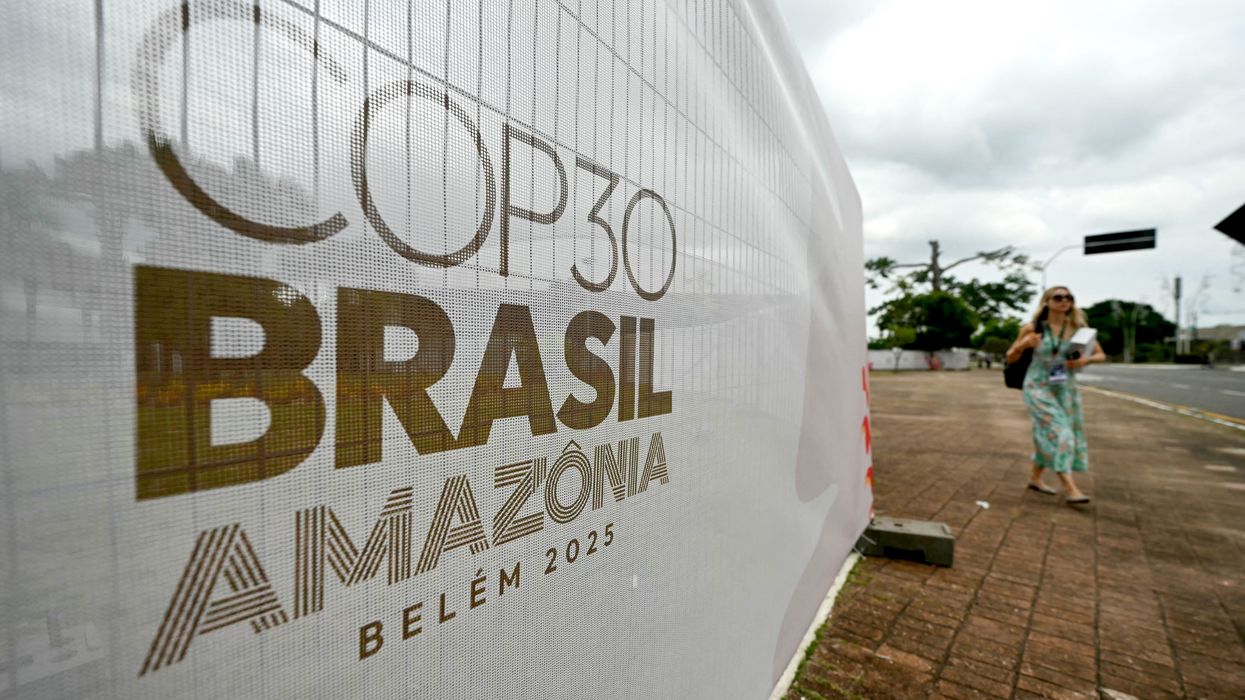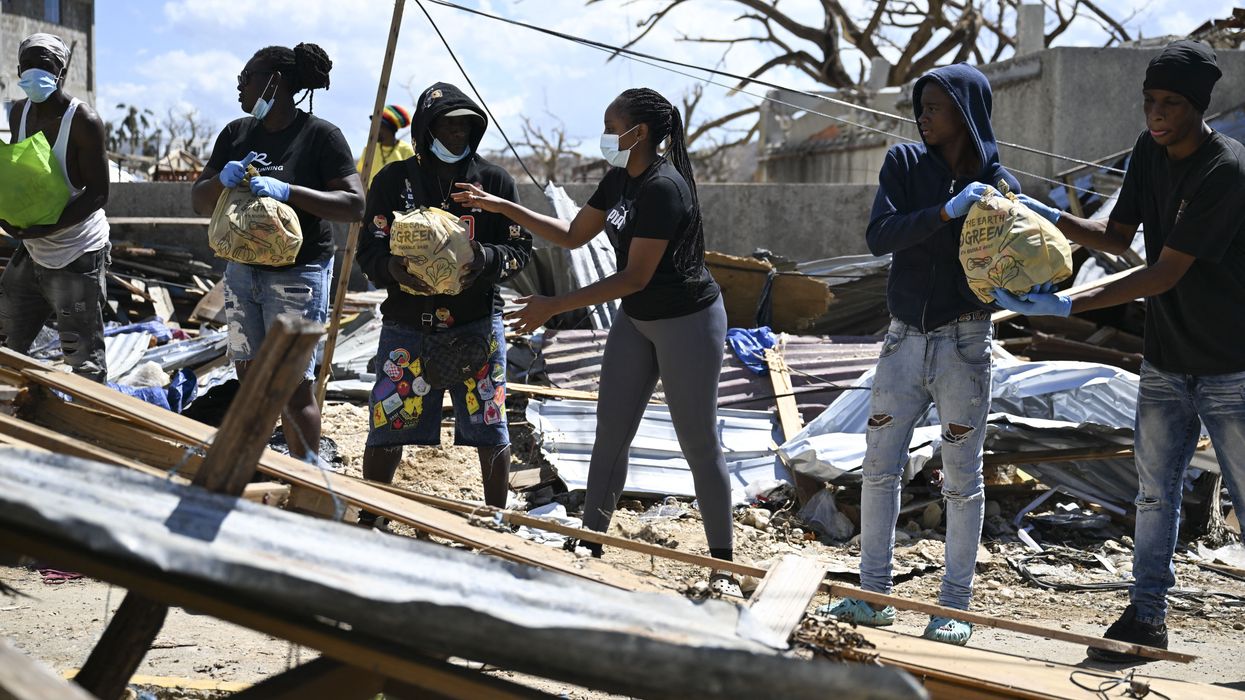COP30 Shows How Corporate Power Is Derailing Climate Justice
While Brazil positions the summit as an “Implementation COP,” the reality is a conference dominated by the very corporations expanding fossil fuel extraction.
Analysis from the Kick Big Polluters Out coalition shows more than 1,600 fossil fuel lobbyists have been granted access to COP30 in Belém, Brazil. That means 1 in every 25 participants represents the industry that is accelerating climate chaos.
Lobbyists from ExxonMobil, BP, TotalEnergies, and major trade associations roam freely while delegates from the 10 most climate-vulnerable nations combined are vastly outnumbered. Indigenous peoples and civil society activists are squeezed to the margins, sometimes literally, as protesters blockaded entrances to be heard. Meanwhile, fossil fuel executives are in the rooms where decisions or the lack thereof will shape our collective future.
Inside COP30, the contradiction is stark. While Brazil positions the summit as an “Implementation COP,” the reality is a conference dominated by the very corporations expanding fossil fuel extraction. Nearly $250 billion in new oil and gas projects have been approved since COP29, even as the world burns. Indigenous communities, guardians of the Amazon for generations, struggle to enter decision-making rooms, while fossil fuel lobbyists walk in with ease. The people on the frontlines of climate devastation are silenced; the industry that profits from it is amplified.
Protests in Belém, from Indigenous flotillas along the Amazon River to the blockade of COP entrances, are acts of survival and resistance. Indigenous leaders like Raoni Metuktire speak for the forest, the water, and the air that sustain life. Civil society groups push for mechanisms like the Belém Action Mechanism, aiming to put communities at the center of climate solutions. Yet in the halls of negotiation, these voices are often drowned out by the hum of corporate self-interest and the whir of greenwashed PR campaigns.
To expect hope or justice from a world run by billionaires is a delusion.
True climate justice requires more than aspirational statements. It requires dismantling the structures that allow wealth and power to concentrate in the hands of the few while the majority bear the consequences. It demands a serious rethink of the COP system itself: enforceable conflict-of-interest rules, accountability measures for governments and corporations, and meaningful participation for the communities on the frontlines of the crisis.
It is time for the people to call out this hypocrisy and expose this façade for what it is: a fiesta of corporate power, a spectacle of interests flexing muscles through Big Oil and fossil fuel lobbyists. COP30, like its predecessors, has become less a climate forum and more a playground for polluters.
Perhaps one can draw a strong parallel with the genocide in Gaza. I say this because the system is rigged: rigged against the people, the weak, and the vulnerable. Witnessing Gaza makes one feel powerless in front of structures built by and for the powerful, at the expense of the oppressed. And I write not just because of genocides in Gaza or Sudan, but because of the enduring sense of helplessness experienced by the poor and working classes across the globe. Systems rigged by corporate and neoliberal interests have fueled record levels of inequality, leaving ordinary people to bear the brunt of stagnant wages, spiraling living costs, and environmental devastation. This is not a problem confined to the so-called Global South. The endemic inequality extends to the West as well: The richest 1% now control more wealth than 95% of humanity.
The global cost-of-living crisis shows the same structural inequality at work. Inflation is surging worldwide, with food and energy costs pushing millions into poverty from sub-Saharan Africa to South Asia, and even in developed countries. People are skipping meals, forgoing medicine, or working multiple jobs just to survive. Governments scramble with subsidies or cash transfers, but these measures often fail to reach the most vulnerable or merely offer temporary relief, leaving structural inequities intact. The climate crisis and economic injustice are deeply intertwined, both fueled by concentrated wealth and corporate influence.
To expect hope or justice from a world run by billionaires is a delusion. Unless these entrenched systems of inequality are dismantled, unless wealth is distributed more equitably, climate justice like all other lofty promises of fairness will remain a mere pipe dream.
It is time to reset priorities and take an honest stock of COPs. If the conference cannot stay committed to its original purpose to protect people and the planet perhaps it is time to roll it back. Enough of greenwashed pledges and photo ops for polluters. The climate emergency is urgent, but these gatherings, as currently structured, serve only those who profit from the destruction, not those who suffer it.


